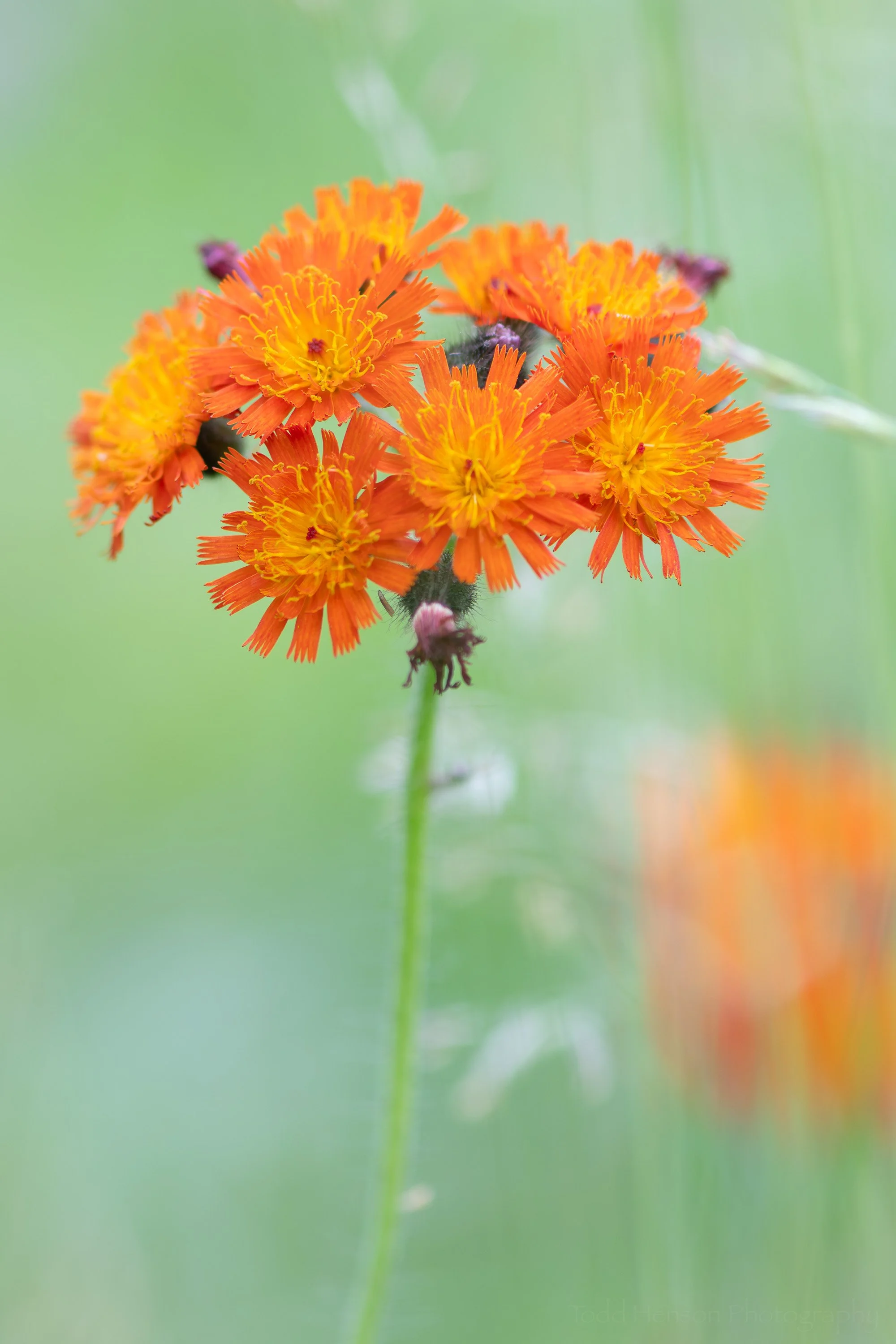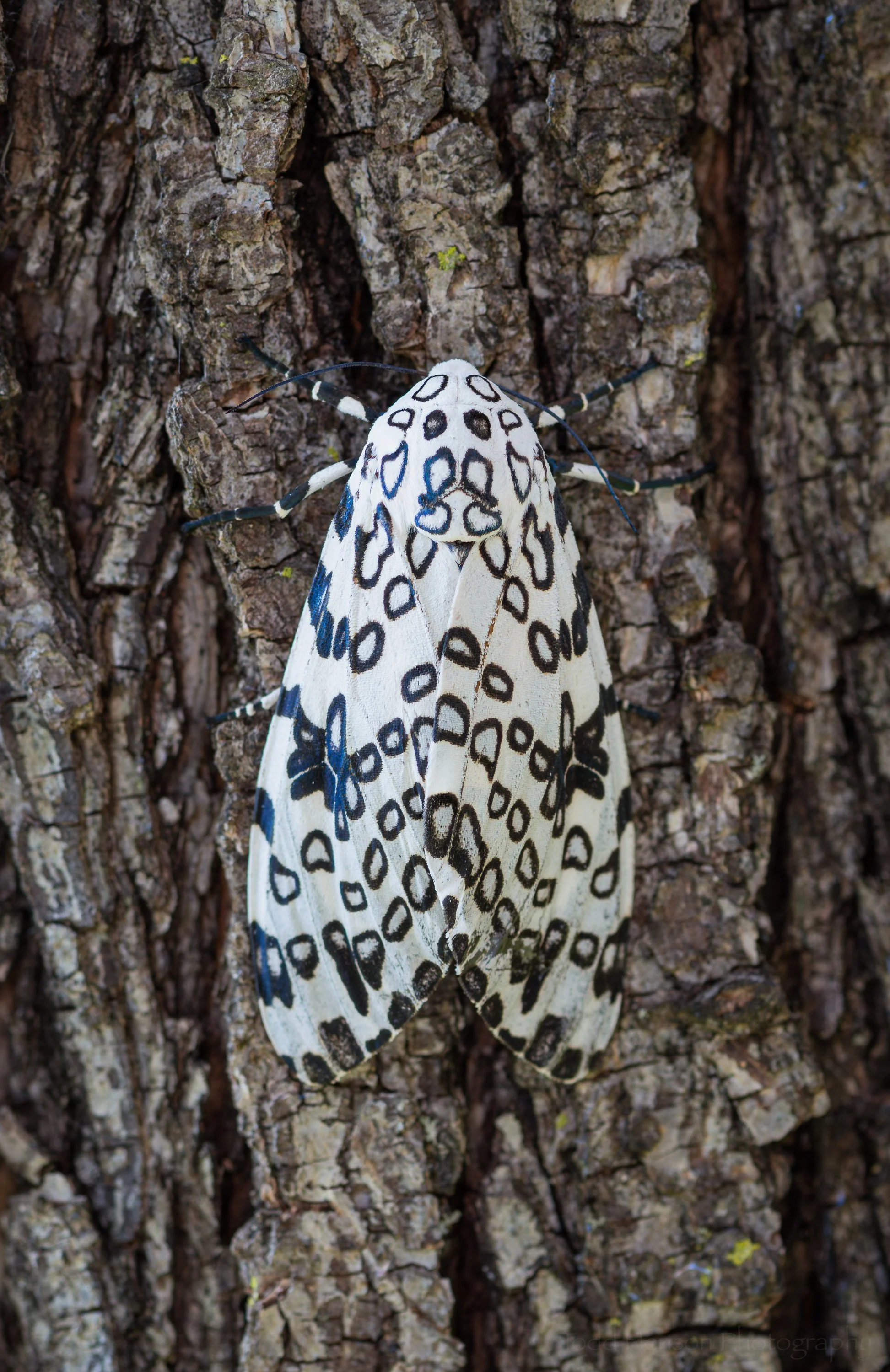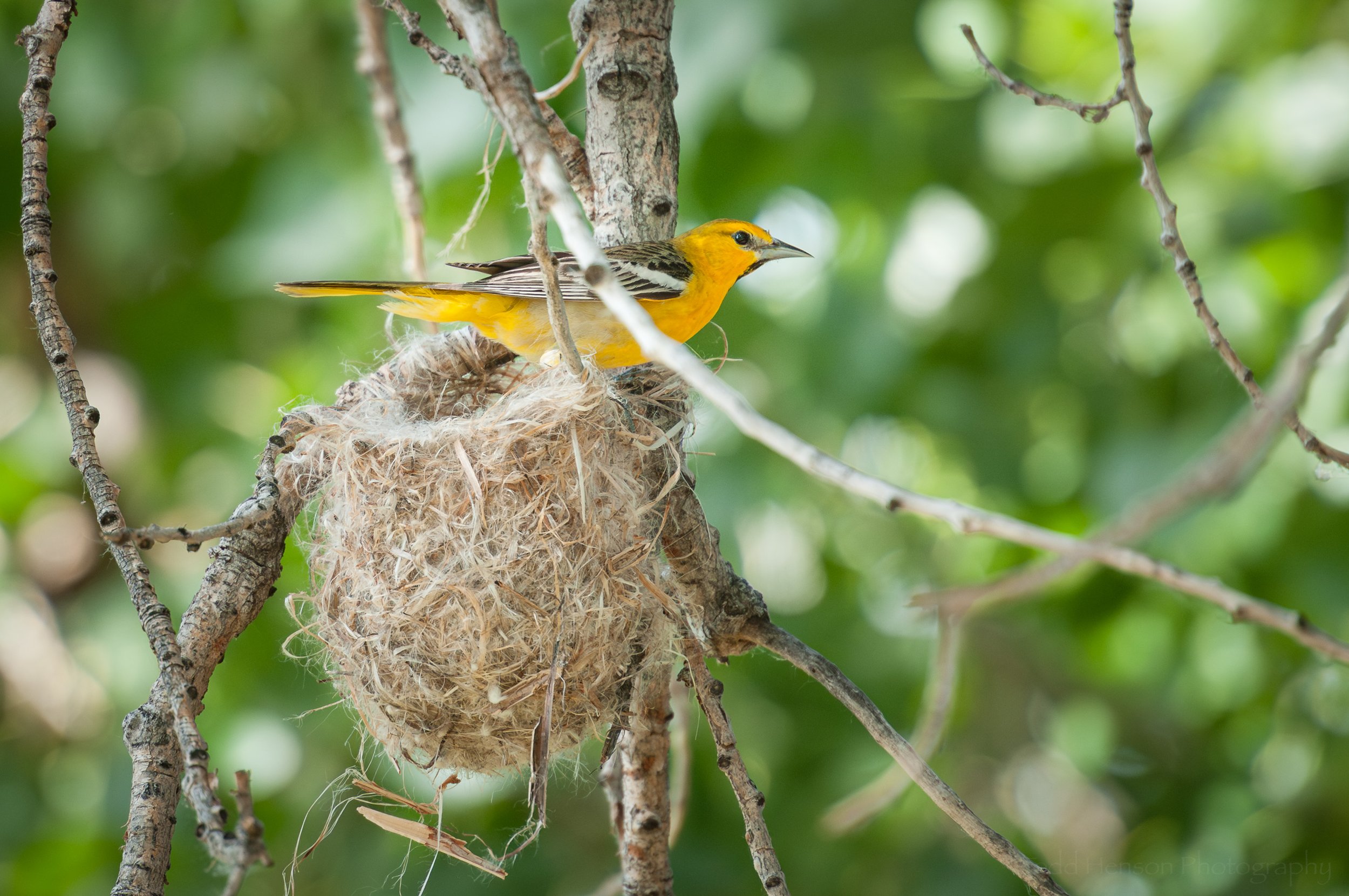Snowberry clearwing moth on thistle
In a recent post about the hummingbird clearwing (Hemaris thysbe) I’d mentioned that it wasn’t the only clearwing moth in the area, so today we take a look at another, the snowberry clearwing (Hemaris diffinis). Both of these species are known as hummingbird moths for their resemblance to hummingbirds. If you don’t look closely, or aren’t aware of their existence, it can be easy to confuse one for the other.
Looking at the back of a snowberry clearwing feeding on thistle nectar
The primary differences between the snowberry and the hummingbird clearwing, as mentioned in the previous post, are the black legs on the snowberry (versus pale colored on the hummingbird) and the dark band around the eyes and down the side of the snowberry. Both can have an olive-greenish toned thorax, but as you can see, one of these snowberry has less green in it, instead featuring a more tan or golden thorax. There is some variation in each species appearance.
The benefits of a long tongue become obvious when watching this snowberry clearwing feeding
Some of these photos are not as in focus as I’d like. These little hummingbird moths are quite challenging to photograph as they constantly move about from flower to flower, feeding on nectar. But I’m hopeful the photos help show just how much of the wing can be clear, hence the clearwing in their name.
In this photo the snowberry clearwing has just finished feeding and is moving away from the flower. Notice how its tongue begins to curl inwards.
The other feature I’d like you to notice is their long tongue, used to reach into deeper flowers much as hummingbirds do. As the snowberry clearwing moved away from a flower it had just been feeding from it curled up its tongue. I don’t know if this is typical behavior, though I suspect it is.
The snowberry clearwing has moved further from the flower after feeding and we can now see its tongue more tightly curled.
If you happen to live in the eastern half of the United States then keep your eyes open for snowberry clearwing hummingbird moths. You just might see one. I don’t see them all that often, but each time is a joy. I hope you’ve gotten some enjoyment viewing these wonderful little flying marvels.
Do you enjoy these posts?
Sign up to receive periodic emails with updates and thoughts. Don’t worry, I won’t spam you. And please consider purchasing artwork or products from my online store, and using my affiliate links in the sidebar to the right when shopping online.
I appreciate your support!

























